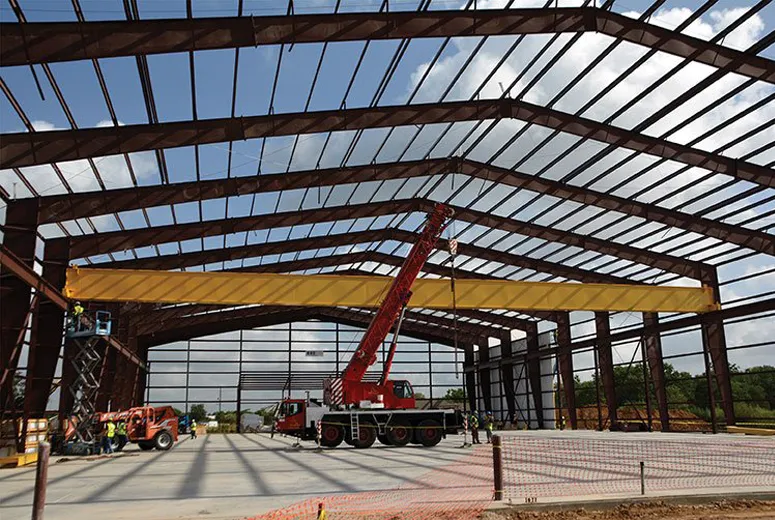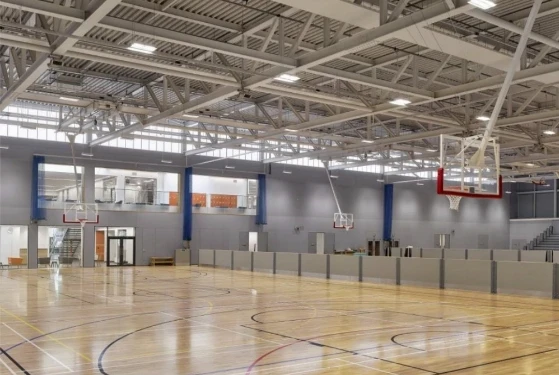- Afrikaans
- Albanian
- Amharic
- Arabic
- Armenian
- Azerbaijani
- Basque
- Belarusian
- Bengali
- Bosnian
- Bulgarian
- Catalan
- Cebuano
- Corsican
- Croatian
- Czech
- Danish
- Dutch
- English
- Esperanto
- Estonian
- Finnish
- French
- Frisian
- Galician
- Georgian
- German
- Greek
- Gujarati
- Haitian Creole
- hausa
- hawaiian
- Hebrew
- Hindi
- Miao
- Hungarian
- Icelandic
- igbo
- Indonesian
- irish
- Italian
- Japanese
- Javanese
- Kannada
- kazakh
- Khmer
- Rwandese
- Korean
- Kurdish
- Kyrgyz
- Lao
- Latin
- Latvian
- Lithuanian
- Luxembourgish
- Macedonian
- Malgashi
- Malay
- Malayalam
- Maltese
- Maori
- Marathi
- Mongolian
- Myanmar
- Nepali
- Norwegian
- Norwegian
- Occitan
- Pashto
- Persian
- Polish
- Portuguese
- Punjabi
- Romanian
- Russian
- Samoan
- Scottish Gaelic
- Serbian
- Sesotho
- Shona
- Sindhi
- Sinhala
- Slovak
- Slovenian
- Somali
- Spanish
- Sundanese
- Swahili
- Swedish
- Tagalog
- Tajik
- Tamil
- Tatar
- Telugu
- Thai
- Turkish
- Turkmen
- Ukrainian
- Urdu
- Uighur
- Uzbek
- Vietnamese
- Welsh
- Bantu
- Yiddish
- Yoruba
- Zulu
Nov . 27, 2024 17:15 Back to list
The Rise of Light Steel Frame Buildings An Innovative Approach to Modern Construction
In recent years, the construction industry has witnessed a significant shift towards innovative building technologies, one of which is the light steel frame (LSF) construction method. As urbanization accelerates and the demand for sustainable, efficient housing solutions increases, light steel frame buildings have emerged as a compelling option. This article explores the advantages, structural integrity, and applications of light steel frame buildings, highlighting their importance in contemporary architecture.
What is Light Steel Frame Construction?
Light steel frame construction makes use of lightweight steel sections that are prefabricated in a factory and assembled on-site. Unlike traditional construction methods that rely heavily on concrete and timber, LSF utilizes high-strength steel to create a resilient and flexible structural framework. This method significantly reduces the weight of the building, allowing for faster construction times and more efficient use of materials.
Advantages of Light Steel Frame Buildings
1. Sustainability One of the paramount benefits of LSF construction is its eco-friendliness. Steel is 100% recyclable, meaning that structures can be dismantled and recycled at the end of their life cycle. Furthermore, the production of steel has become increasingly energy-efficient, contributing to a smaller carbon footprint compared to traditional materials like concrete and wood.
2. Durability and Strength Light steel frames are known for their durability and resistance to weather extremes, pests, and fire. Unlike timber, steel does not warp, crack, or rot, ensuring long-lasting structural integrity. This resilience is particularly beneficial in areas prone to natural disasters such as earthquakes and hurricanes.
3. Fast Construction The prefabricated nature of light steel frames allows for quicker assembly on-site compared to traditional building methods. The components are manufactured to precision specifications, which minimizes on-site waste and labor costs. This speed is essential for meeting tight deadlines in urban development projects.
4. Design Flexibility LSF buildings provide architects and designers with the flexibility to create innovative designs without compromising structural integrity. The lightweight nature of steel allows for larger open spaces and the ability to incorporate complex architectural features.
light steel frame building

5. Cost-Effectiveness While the initial cost of steel may be higher than traditional materials, the overall savings in labor, time, and maintenance often make LSF buildings a more cost-effective solution. The reduced need for ongoing maintenance and repairs further enhances the financial viability over the long term.
Structural Integrity and Safety
Light steel frame buildings are engineered to provide high levels of safety and stability. Advanced construction techniques and technologies have led to the development of LSF structures that can withstand substantial loads and stresses. Additionally, steel's inherent properties allow for excellent resistance to fire, ensuring safety for occupants during emergencies.
Applications of Light Steel Frame Buildings
The versatility of light steel frame construction allows it to be applied in various contexts. Residential buildings, including single-family homes and multi-unit apartments, are increasingly being built using LSF methods. In commercial construction, light steel frames are used for office buildings, retail spaces, and warehouses due to their adaptability and rapid deployment capabilities.
Moreover, LSF construction is finding its way into public buildings such as schools, hospitals, and community centers, where durability and efficiency are crucial. As cities strive to meet housing demands without compromising on quality or sustainability, LSF presents a promising solution for urban development.
Conclusion
As the world moves towards more sustainable and innovative construction practices, light steel frame buildings stand out as a viable option that balances efficiency, cost, and environmental responsibility. With their numerous advantages—from sustainability and durability to design flexibility and fast construction—light steel frame structures are poised to play a vital role in shaping the future of architecture. As architects and builders continue to embrace this method, it is clear that the benefits of light steel frame construction will resonate for years to come, transforming how we approach modern building practices and urban development.
-
The Rise of Prefabricated Metal Structures in Modern Industry
NewsJul.28,2025
-
The Landscape of Prefabricated Metal Building Solutions
NewsJul.28,2025
-
Analyzing Costs and Pricing Dynamics in Prefabricated Steel and Metal Buildings
NewsJul.28,2025
-
Advance Industrial Infrastructure with Prefabricated Steel Solutions
NewsJul.28,2025
-
Advancing Industrial Infrastructure with Prefabricated Metal Warehousing Solutions
NewsJul.28,2025
-
Advancing Industrial and Commercial Spaces with Prefabricated Steel Solutions
NewsJul.28,2025
Products categories
Our Latest News
We have a professional design team and an excellent production and construction team.












